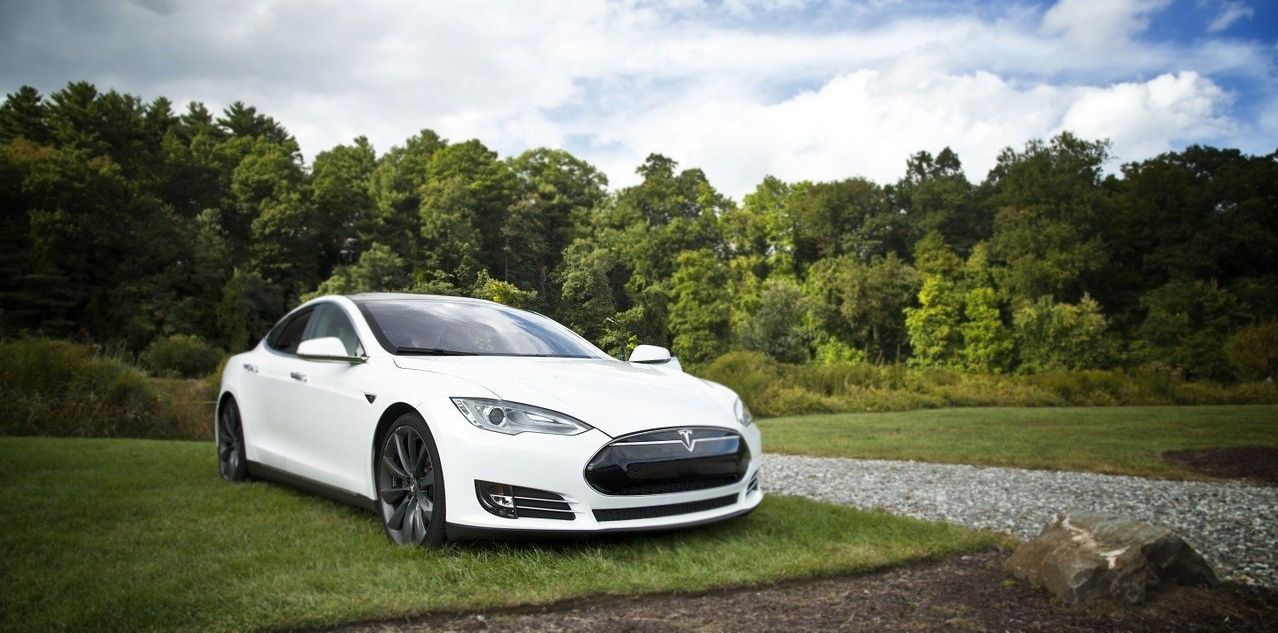
Home EV Charger Installation What To Expect and How To Prepare
As electric vehicles (EVs) continue to gain popularity, more homeowners are considering the convenience of installing a home EV charger. If you’re planning to join the growing community of EV owners with a dedicated charger at home, it’s important to understand what the installation process entails. This blog will guide you through what to expect, how to prepare, and key considerations to ensure a smooth EV charging installation experience.
1. The Initial Consultation and Assessment
The installation process typically begins with an initial consultation. During this stage, you’ll work with a certified electrician or EV charger installation professional to assess your home’s electrical system. Here’s what to expect:
- Site Evaluation: The electrician will evaluate your garage or preferred charging location to determine the best placement for the charger. They’ll consider factors like proximity to your electrical panel, ampacity requirements, and potential obstacles.
- Electrical System Assessment: The electrician will inspect your home’s electrical system to ensure it can handle the additional load from the EV charger. This includes checking the capacity of your main service panel, identifying available circuit spaces, and assessing overall system health.
- Cost Estimate: After the evaluation, the electrician will provide a cost estimate that includes the charger, installation labor, any necessary electrical upgrades, and potential permit fees.
2. Understanding Permits and Regulations
Before installation, it’s crucial to obtain the necessary permits to comply with local regulations. Here’s a breakdown of what you might need:
- Permits: Most jurisdictions require an electrical permit for EV charger installation. Suncoast Energy will help you navigate the permitting process, which may include submitting plans or documents to your local building department.
- Inspections: After the installation, an inspection may be required to ensure that the work complies with local electrical codes. The inspector will verify that the installation is safe and meets all regulatory requirements.
- Utility Notifications: If your EV installation is needing a panel upgrade for more added capacity, you will need to notify your utility company about the new installation. When contacting the utility company you will need to ask for a meter spot for the new 200 amp meter.
3. Preparing for Installation Day
Once the assessment is complete and permits are secured, it’s time to prepare for the installation itself. Here’s how you can get ready:
- Clear the Area: Ensure that the area where the charger will be installed is clear of clutter and easily accessible. This includes moving vehicles, tools, or other items that might obstruct the workspace.
- Plan for Power Outages: During installation, your power may need to be temporarily shut off. Plan accordingly by turning off sensitive electronics and informing household members about the scheduled outage.
- Confirm Charger Location: Double-check the planned location of the charger with our electrician. Ensure that it’s convenient for daily use and consider future needs, like additional EVs or home renovations.
4. Installation Process
On the day of installation, the Suncoast Energy will handle the technical aspects, but it’s helpful to understand the general steps involved:
- Electrical Upgrades: If your electrical panel requires upgrades to support the charger, this will be the first step. Upgrades might include increasing the panel’s capacity, adding a dedicated circuit, or installing a subpanel.
- Charger Installation: Once the electrical work is complete, our Suncoast Electrician will mount the charger on the wall and connect it to your home’s electrical system. This step involves running wiring, installing a circuit breaker, and making necessary connections.
- System Testing: After installation, the electrician will test the charger to ensure it’s functioning correctly. They’ll verify that the charger is delivering the appropriate voltage and current, and that it’s safe to use.
5. Post-Installation Considerations
With your new EV charger installed, there are a few final steps to complete:
- Inspection (if required): If your local regulations require an inspection, schedule it promptly. The inspector will assess the work to ensure compliance with all safety codes and regulations.
- Learn How to Use Your Charger: Suncoast Energy will walk you through the basics of operating your charger, including how to start and stop charging, monitor charging status, and use any smart features.
- Register Your Charger: Some manufacturers offer warranties or extended support if you register your charger. Be sure to complete this step to take full advantage of any benefits.
6. Future-Proofing and Upgrades
As EV technology evolves, you may want to consider future-proofing your home for additional upgrades:
- Higher-Capacity Chargers: If you plan to upgrade to a more powerful EV in the future, consider installing a charger with a higher capacity now to avoid additional work later.
- Smart Chargers: Investing in a smart charger that integrates with your home automation system can provide additional convenience, such as scheduling charging times or monitoring energy usage.
- Solar Integration: If you’re considering solar panels, discuss how to integrate your EV charger with solar energy to maximize efficiency and reduce costs.
Conclusion
Installing a home EV charger is a significant step toward embracing electric vehicle technology. By understanding the installation process and preparing accordingly, you can ensure a smooth and hassle-free experience. Whether it’s choosing the right location, securing permits, or upgrading your electrical system, a little preparation goes a long way in making your home EV-ready. With your new charger in place, you’ll enjoy the convenience of charging your vehicle at home, all while contributing to a more sustainable future.
